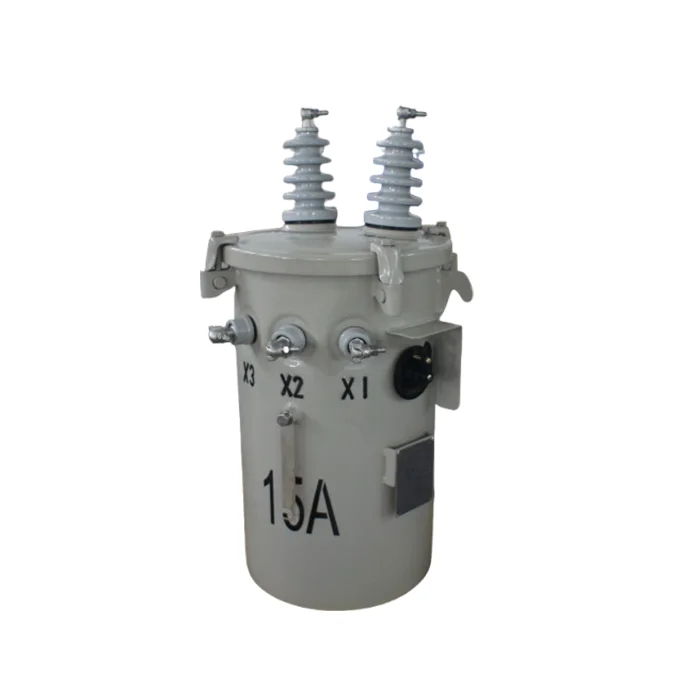Water pollution is a pressing global issue that poses significant threats to both human health and the environment. To combat this problem, various chemical substances have been developed and employed to prevent and mitigate water pollution. In this blog post, we will explore the most effective and widely used chemical substances that play a crucial role in safeguarding our water resources.
- Activated Carbon:
Activated carbon, also known as activated charcoal, is a highly porous material with a large surface area. It is widely used in water treatment processes to remove organic pollutants, heavy metals, and other harmful substances. The porous structure of activated carbon allows it to adsorb and trap contaminants, effectively purifying water and preventing pollution. - Coagulants and Flocculants:
Coagulants and flocculants are chemicals used in water treatment to remove suspended particles and colloidal matter. Coagulants, such as aluminum sulfate and ferric chloride, destabilize the particles, causing them to clump together. Flocculants, such as polyacrylamide, then aid in the formation of larger particles, which can be easily removed through filtration or sedimentation processes. These chemicals play a vital role in preventing water pollution by enhancing the efficiency of water treatment plants. - Chlorine-based Disinfectants:
Chlorine-based disinfectants, such as chlorine gas, sodium hypochlorite, and chlorine dioxide, are widely used to disinfect water and eliminate harmful microorganisms, including bacteria, viruses, and protozoa. By effectively killing or inactivating these pathogens, chlorine-based disinfectants ensure the safety of drinking water and prevent waterborne diseases. However, it is important to use these substances in appropriate concentrations to avoid the formation of harmful disinfection byproducts. - Ozone:
Ozone is a powerful oxidizing agent that is increasingly being used in water treatment processes. It is highly effective in removing organic pollutants, taste, and odor-causing compounds, as well as inactivating microorganisms. Ozone treatment offers several advantages, including its ability to decompose into oxygen without leaving any harmful residues. Its strong oxidizing properties make it a valuable tool in preventing water pollution. - Biological Agents:
Biological agents, such as bacteria and enzymes, are gaining recognition as eco-friendly alternatives for water pollution prevention. Certain bacteria, such as Pseudomonas and Bacillus species, can degrade organic pollutants, including petroleum hydrocarbons and pesticides, through bioremediation processes. Enzymes, such as lipases and proteases, can also break down complex organic compounds, aiding in the removal of pollutants. These biological agents offer sustainable and cost-effective solutions for water pollution prevention.
Conclusion:
The prevention of water pollution requires a multi-faceted approach, and the use of chemical substances plays a pivotal role in this endeavor. Activated carbon, coagulants and flocculants, chlorine-based disinfectants, ozone, and biological agents are just a few examples of the diverse range of chemical substances employed to prevent water pollution. By harnessing the power of these substances, we can ensure the availability of clean and safe water for present and future generations, safeguarding both human health and the environment.








+ There are no comments
Add yours